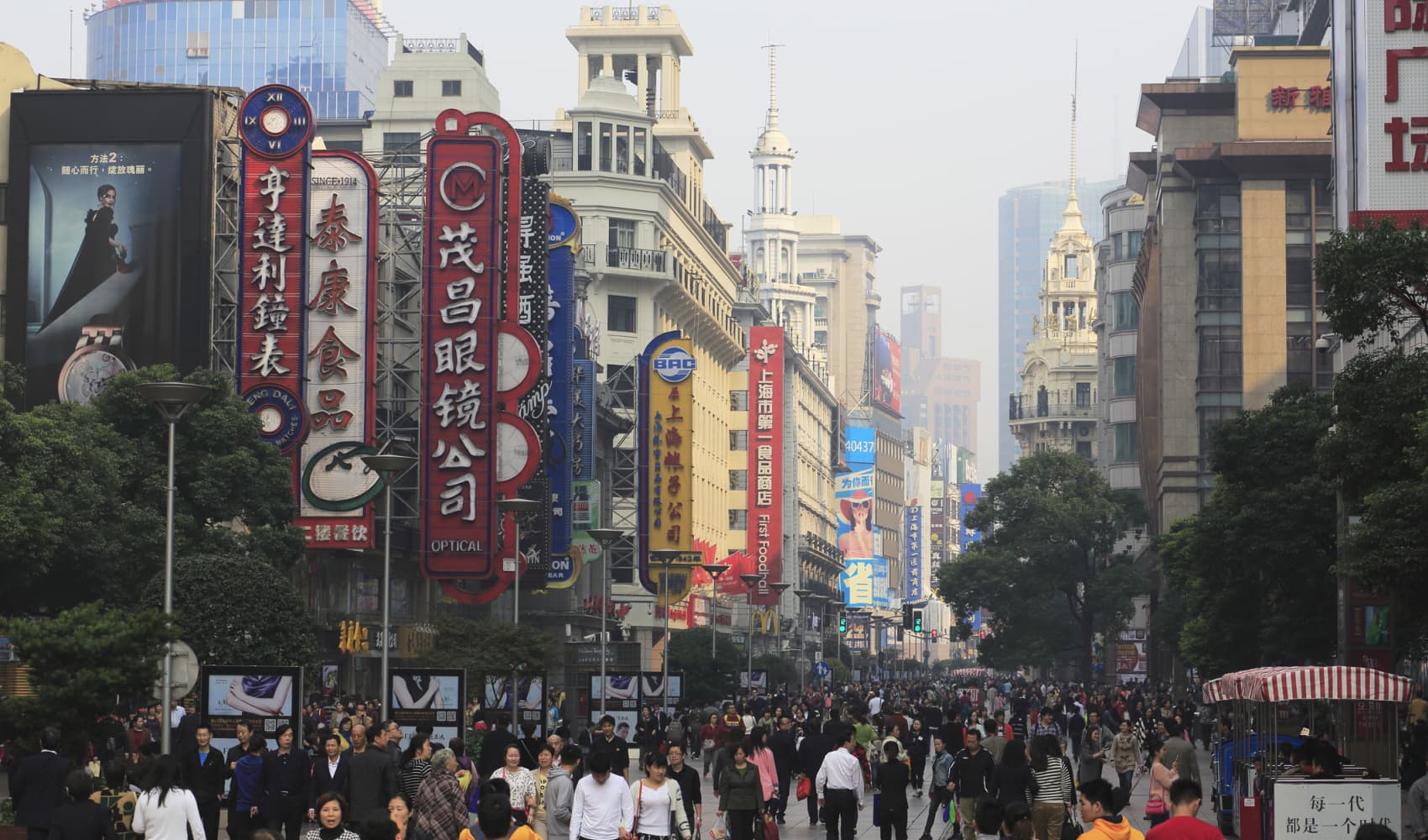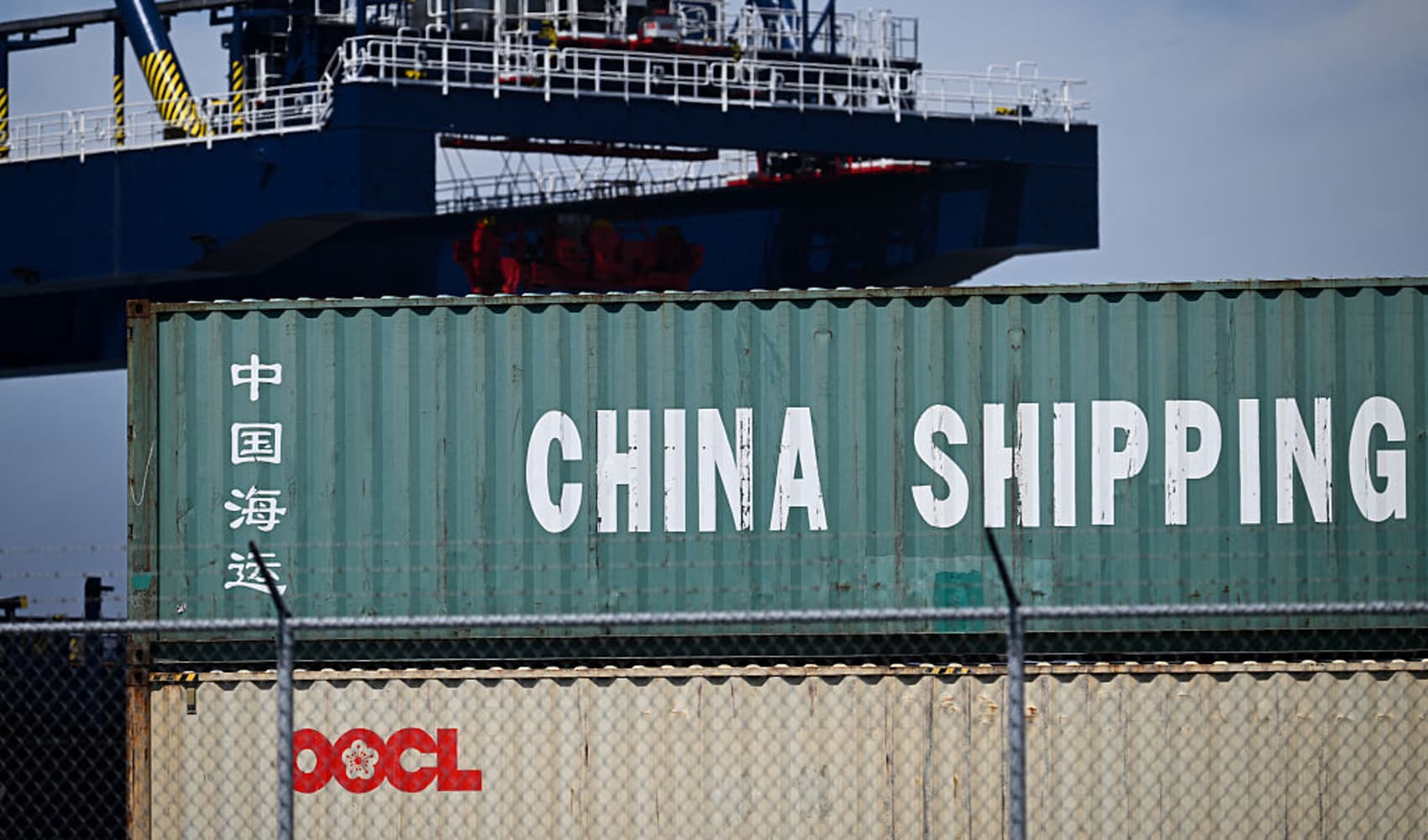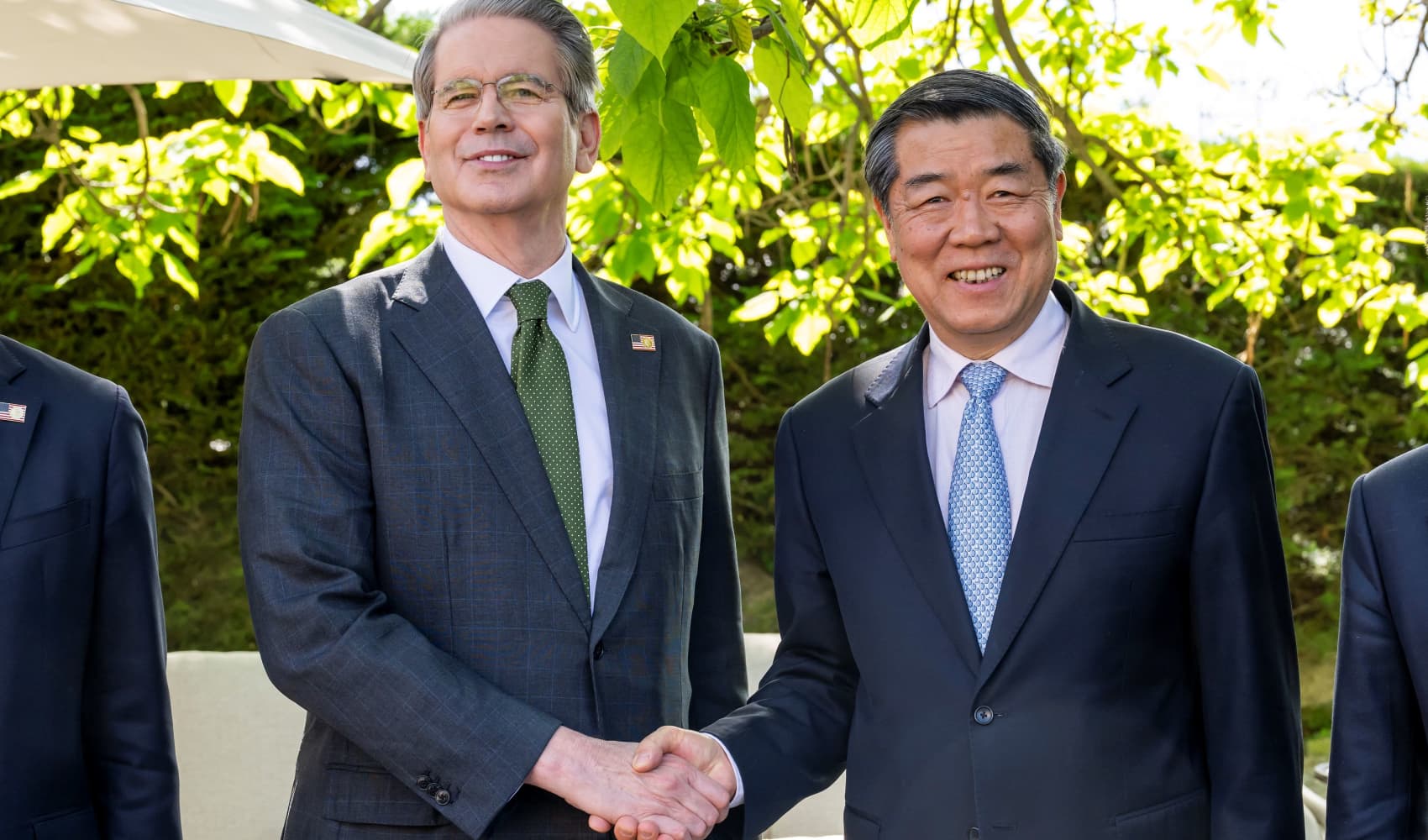Asia-Pacific Trade Tensions: What Investors Need to Know
Asia-Pacific Markets on Edge: Trade Tensions and Economic Data in Focus
Introduction: A Week of Uncertainty for Asia-Pacific Investors
Hey there, market watchers! Buckle up, because the Asia-Pacific markets have been a rollercoaster this week. We've seen a mix of gains and losses as investors try to decipher the latest economic data from China and anticipate the outcome of upcoming trade talks between Washington and Beijing. Think of it like trying to predict the weather – sunny one minute, stormy the next. Are we heading for a clear, prosperous future, or is there a trade war tornado brewing on the horizon?
China's Economic Data: A Mixed Bag of Signals
Exports Surge, but to Where?
The headline news? China's exports surged in April, defying expectations. Sounds great, right? But dig a little deeper, and you'll see that the devil is in the details. Exports climbed a surprising 8.1% in U.S. dollar terms compared to last year. That's a significant jump, far exceeding the 1.9% increase economists were predicting. The question is: where are all these goods going?
The ASEAN Advantage
The answer lies in Southeast Asia. Shipments to ASEAN (Association of Southeast Asian Nations) countries have skyrocketed, offsetting a sharp decline in exports to the U.S. It's like a seesaw – as one end goes down, the other goes up. Is this a sustainable strategy for China, or just a temporary workaround to avoid U.S. tariffs?
The U.S. Tariff Impact: A Clear and Present Danger
Speaking of the U.S., exports to the States plummeted over 21%. Ouch! That's a direct result of the tariffs imposed during the ongoing trade dispute. It's a stark reminder that trade wars have real consequences, affecting businesses and consumers on both sides of the Pacific. Can the other export destinations truly offset the American drop?
China's Stock Market Reaction: A Collective Shrug
Data Doesn't Always Drive Sentiment
You might think that strong export data would give China's stock market a boost. Think again! Despite the positive news, mainland China's CSI 300 index fell 0.17% to close at 3,846.16. Why? Because investor sentiment is heavily influenced by the looming threat of further tariffs and trade tensions. It’s like trying to sail a boat in a hurricane – even with a full sail, the storm can still knock you off course.
Hong Kong's Hang Seng: A Slight Uptick
Across the border, Hong Kong's Hang Seng Index fared slightly better, adding 0.4% to close at 22,867.74. Perhaps Hong Kong investors are more optimistic about a potential resolution to the trade dispute, or maybe they're just less exposed to the direct impact of U.S. tariffs. The difference highlights the nuances of the regional markets.
Japan's Nikkei 225: A Bright Spot in the Region
Breaking the 37,000 Barrier
Japan's Nikkei 225 was a standout performer, rising 1.56% to close at 37,503.3. This is a significant milestone, showing renewed confidence in the Japanese economy. What's driving this optimism? Is it a weaker yen, strong corporate earnings, or simply a flight to safety amidst global uncertainty? There may be a confluence of factors at play.
Positive Data Points
The gains in Japan were most likely driven by positive corporate earnings and a boost in investor confidence due to a stable political environment.
The Impending Washington-Beijing Trade Talks: A Critical Juncture
High Stakes Negotiations
All eyes are now on the upcoming trade talks between Washington and Beijing. These negotiations are crucial for determining the future of trade relations between the world's two largest economies. Will they reach a compromise, or are we headed for a prolonged trade war? The outcome will have a significant impact on global markets.
What to Expect
It's difficult to predict the outcome of these talks. Both sides have strong incentives to reach an agreement, but there are also deep divisions on key issues such as intellectual property rights, market access, and trade imbalances. Expect plenty of posturing and brinkmanship before any deal is reached. It’s a high-stakes poker game, and both sides are playing their cards close to their chest.
Sector Performance: Winners and Losers
Tech Sector Volatility
The tech sector has been particularly volatile, as it's highly exposed to global trade flows. Companies that rely on components from China or sell their products in the U.S. are especially vulnerable to the impact of tariffs. This presents both risks and opportunities for investors. Are we seeing a correction in the tech sector, or is this just a temporary blip?
The Rise of Healthcare
The healthcare sector has been relatively resilient, as demand for healthcare services is less sensitive to economic fluctuations. This makes healthcare stocks a potential safe haven in times of uncertainty. Consider looking at healthcare companies with strong growth prospects and dividend yields.
Currency Movements: The Yen's Role as a Safe Haven
Dollar-Yen Dynamics
The Japanese yen has traditionally been seen as a safe haven currency, meaning that investors tend to flock to it during times of global uncertainty. This can put downward pressure on the dollar-yen exchange rate, making Japanese exports more competitive. Keep an eye on currency movements, as they can provide valuable insights into investor sentiment.
The Importance of Monitoring Economic Indicators
Keeping a Pulse on the Market
Staying informed about key economic indicators is crucial for making informed investment decisions. Pay attention to data releases on GDP growth, inflation, unemployment, and trade balances. These indicators can provide valuable clues about the health of the global economy and the direction of the markets.
Navigating Market Uncertainty: A Cautious Approach
Diversification is Key
In times of uncertainty, it's more important than ever to diversify your investment portfolio. Don't put all your eggs in one basket. Spread your investments across different asset classes, sectors, and geographical regions. This can help to mitigate risk and improve your long-term returns.
The Value of a Long-Term Perspective
Remember that investing is a marathon, not a sprint. Don't get caught up in short-term market fluctuations. Focus on your long-term goals and stick to your investment strategy. A long-term perspective can help you to weather market storms and achieve your financial objectives.
Expert Opinions: What the Analysts are Saying
Consensus Views and Diverging Opinions
It's always helpful to hear what the experts are saying, but remember that analysts' opinions can vary widely. Some analysts are optimistic about the prospects for a trade deal, while others are more pessimistic. Take their views with a grain of salt and do your own research before making any investment decisions.
Conclusion: Navigating the Asia-Pacific Markets with Caution
So, what's the takeaway? The Asia-Pacific markets are currently facing a complex set of challenges, including trade tensions, economic uncertainty, and geopolitical risks. However, there are also opportunities for investors who are willing to do their homework and take a cautious approach. Stay informed, diversify your portfolio, and focus on your long-term goals. The road ahead may be bumpy, but with careful planning and a bit of luck, you can navigate the challenges and achieve success.
Frequently Asked Questions
Here are some common questions about the Asia-Pacific markets and the current economic climate:
-
What is the biggest risk facing the Asia-Pacific markets right now?
The biggest risk is undoubtedly the ongoing trade dispute between the U.S. and China. Escalating tariffs and trade restrictions could have a significant negative impact on economic growth and corporate earnings.
-
How can I protect my investments during a trade war?
Diversification is key. Spread your investments across different asset classes, sectors, and geographical regions. Consider investing in companies with strong balance sheets and resilient business models. Also consider safe-haven assets like gold or bonds.
-
Which sectors are most likely to benefit from a resolution to the trade dispute?
The tech sector, manufacturing, and agriculture are likely to benefit the most from a resolution to the trade dispute. These sectors are heavily reliant on global trade flows and would see a significant boost from reduced tariffs and trade barriers.
-
What is the role of the Chinese Yuan in the global economy?
The Chinese Yuan is becoming increasingly important as China's economic influence grows. While it's not yet a fully convertible currency, it's playing a larger role in international trade and finance. Some analysts predict that the Yuan could eventually challenge the dominance of the U.S. dollar.
-
Where can I find reliable information about the Asia-Pacific markets?
Reliable sources of information include financial news websites like CNBC, Bloomberg, and Reuters. You can also follow economic research reports from reputable institutions and consult with a qualified financial advisor. Be sure to cross-reference your sources to get a balanced perspective.



